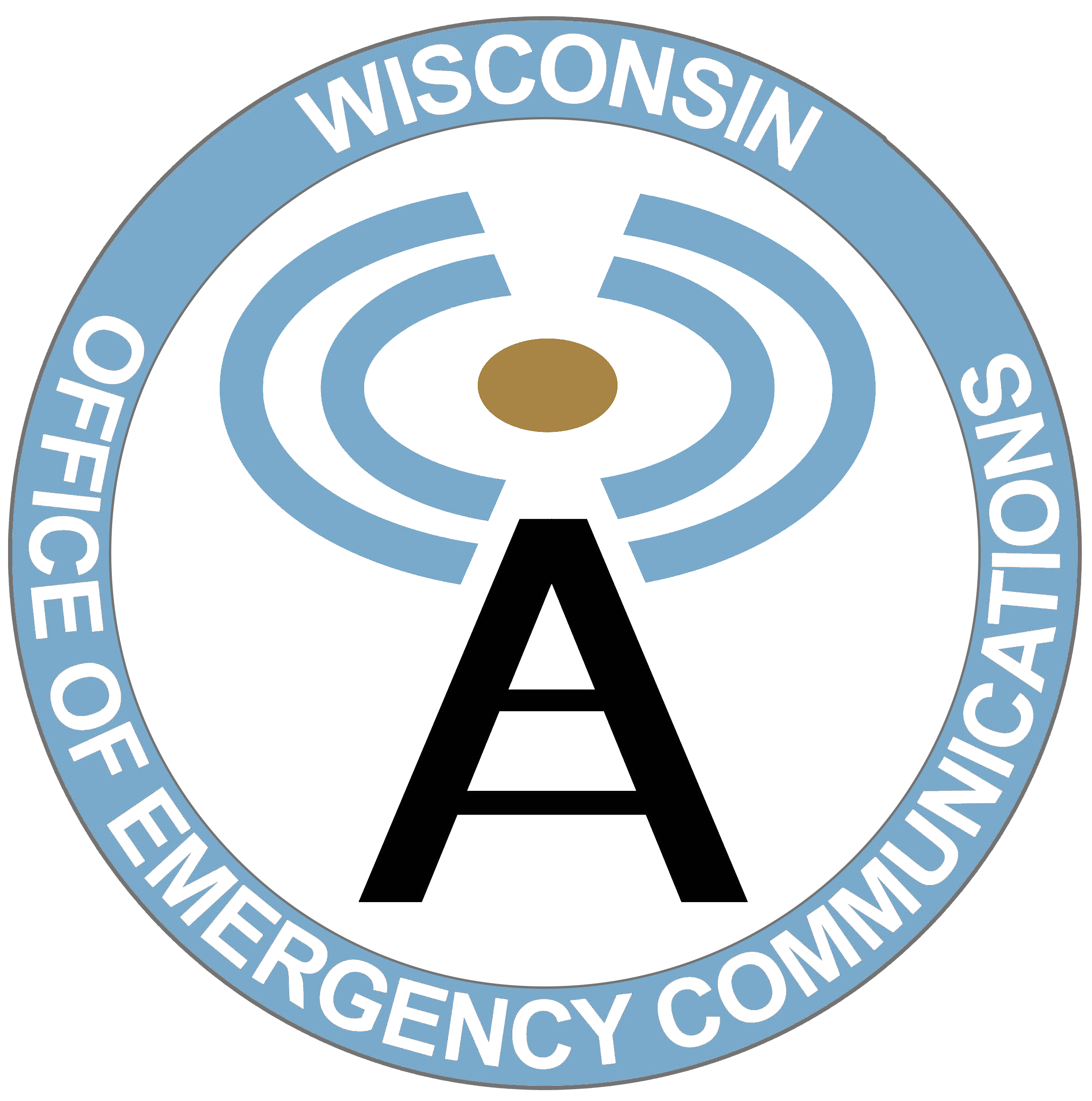The purpose of this policy is to define the duties and responsibilities with respect to the use of an Radio Frequency (RF) over Long-Term Evolution (LTE)/Internet Protocol (IP) gateway (GATEWAY) and user radios used to facilitate communications utilizing the WISCOM Radio System.
Definitions
- GATEWAY: For the purposes of this policy, a Push-To-Talk (PTT) over cellular gateway provides a remote network with connectivity to WISCOM via an approved radio (RF interface). This connectivity allows use of LTE-based Push to Talk (PTT) services on an LTE cellular device that is properly provisioned.
- LTE: Short for Long Term Evolution and includes standards that dictate how a portable cellular device interfaces with cellular data sites.
- RF over IP: Radio frequency over IP is a method of sending and receiving digital voice packets (audio, data) by way of an existing Internet Protocol (IP) infrastructure.
- USER: Any approved entity utilizing WISCOM for daily dispatch or interoperable use.
Point of Contact
Within the application, the USER shall provide a 24-hour single point of contact including an e‐mail address and phone number to the WISCOM System Administrators. The WISCOM System Administrators will use this single point of contact to notify the USER of system outages, interference, or other issues affecting the gateway and/or the WISCOM system. The USER agency is then responsible to inform its own users.
GATEWAY Equipment
- The USER shall provide the make, model, and serial number of the Gateway product and connecting radio(s) by completing the application below.
- The USER’s gateway is only authorized to broadcast WISCOM talkgroups they own/operate for daily mission-critical use.
- The USER is required to obtain written permission from a talkgroup owner and WISCOM System Administrators to broadcast any other talkgroup, using the standard WISCOM User Talkgroup/Channel Request form (PDF Download).
GATEWAY Radio
- GATEWAY radio(s) will be issued IDs from the State of Wisconsin P25 Unit Identification Plan, utilizing the third (3rd) digit of “3” to denote it’s assignment of a fixed base/other radio and individual unit ID’s (last four (4) digits) starting at 9901. Exceptions or conflicts to this ID assignment will be handled on a case-by-case basis between the applicant and WISCOM Administrators.
Example:
6139901 – Taylor County Sheriff Gateway 1 (Taylor = 61)
8139904 – Wisconsin State Patrol Gateway 4 (WSP = 81) - GATEWAY radio(s) will be issued special aliases – XXyyyGWn
- XX: County of assignment
- yyy: Agency of assignment
- GW: Gateway
- n: number of Gateway in order of assignment
Example:
TASOGW1 – Taylor County Sheriff Gateway 1
WKDTFGW1 – Town/Delafield FD (Waukesha County) Gateway 1
- GATEWAY radio(s) connected to the WISCOM system will adhere to all applicable system and FCC policies, standards, and laws.
State Plan for Mutual Aid Communication Frequencies
Wisconsin Recommended Public Safety Radio Channel Naming Standards
State of Wisconsin Project 25 Unit Identification Plan
LTE GATEWAY Talkgroup Users
- WISCOM and other public safety systems have licensing requirements for the frequencies used to operate the system. USERS of LTE talkgroups connected to public safety systems must also comply with all licensing requirements for any frequencies used by the systems (FCC Part 90 eligible users only – unless an FCC Waiver has been obtained and provided with the USER application).
- LTE Talkpaths connected to WISCOM talkgroups will still cause traffic on those WISCOM talkgroups. Users need to ensure LTE device usage includes only mission-critical public safety official use only voice traffic.
Configuration, Maintenance, & Troubleshooting
IMPORTANT NOTE: The WISCOM System Administrators and technical staff are not responsible for the maintenance of the Gateway, connection settings, or the radio’s programming associated with the gateway. These are the responsibility of the USER and their service provider(s).
- WISCOM System Administrators reserve the right to monitor talkgroups associated with this connection and take actions to protect the integrity of the WISCOM system if necessary. This includes:
- Monitoring the WISCOM system to identify traffic patterns that negatively affect the WISCOM system.
- Confirming that users are utilizing the talk group in a manner that complies with FCC regulations on the frequencies that make up WISCOM.
- Notification to a GATEWAY’s Point of Contact to make notification of issues and warn of a radio being disabled.
- Disabling the radio providing the GATEWAY connection if; it is determined that the connection is negatively affecting the WISCOM system, or non-public safety (or users with an appropriate waiver from the FCC) are utilizing frequencies on WISCOM. This would generally follow a warning, but in extreme circumstances, immediate disabling may occur.
- WISCOM System Administrators also reserve the right to request (and receive) a current list of LTE device users that can access the LTE talkgroup connected to a WISCOM system talkgroup.
- WISCOM System Administrators cannot assist in troubleshooting gateway issues. System Administrators can confirm the system is seeing and interacting with the donor radio correctly. All other diagnostics are the responsibility of the USER and their service provider(s).

